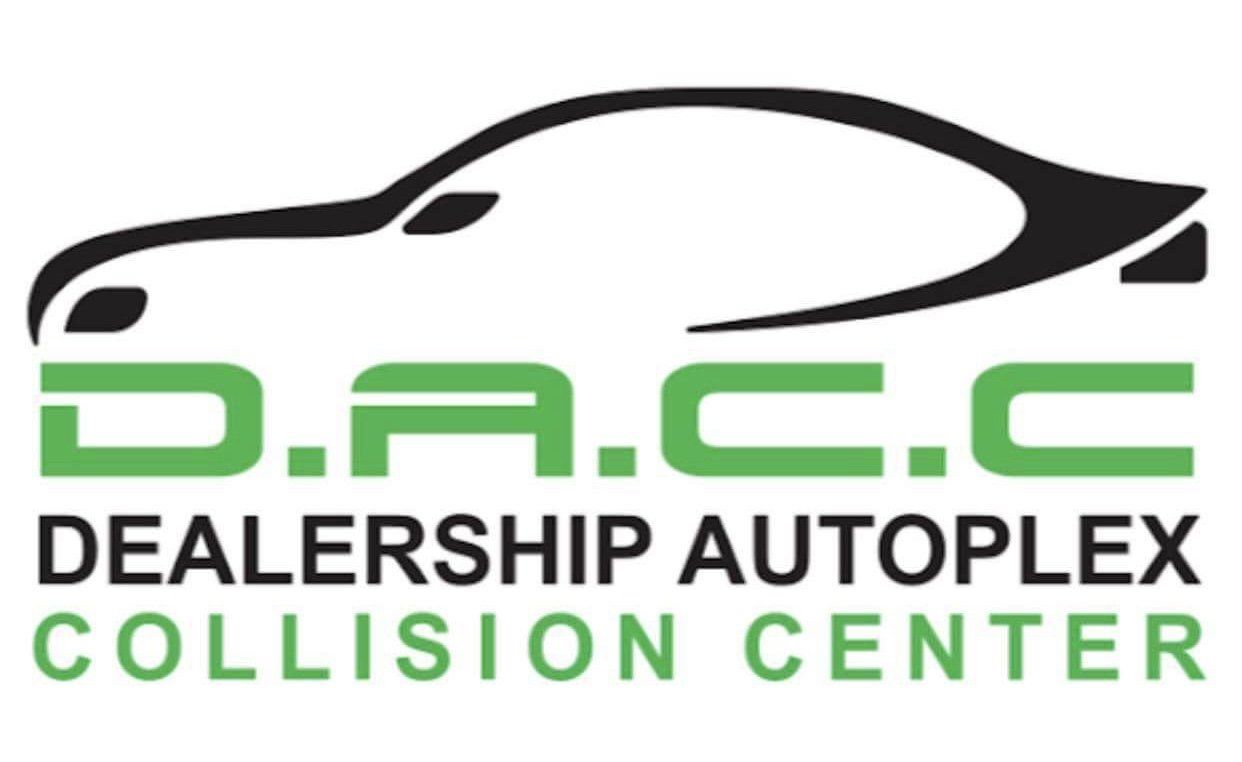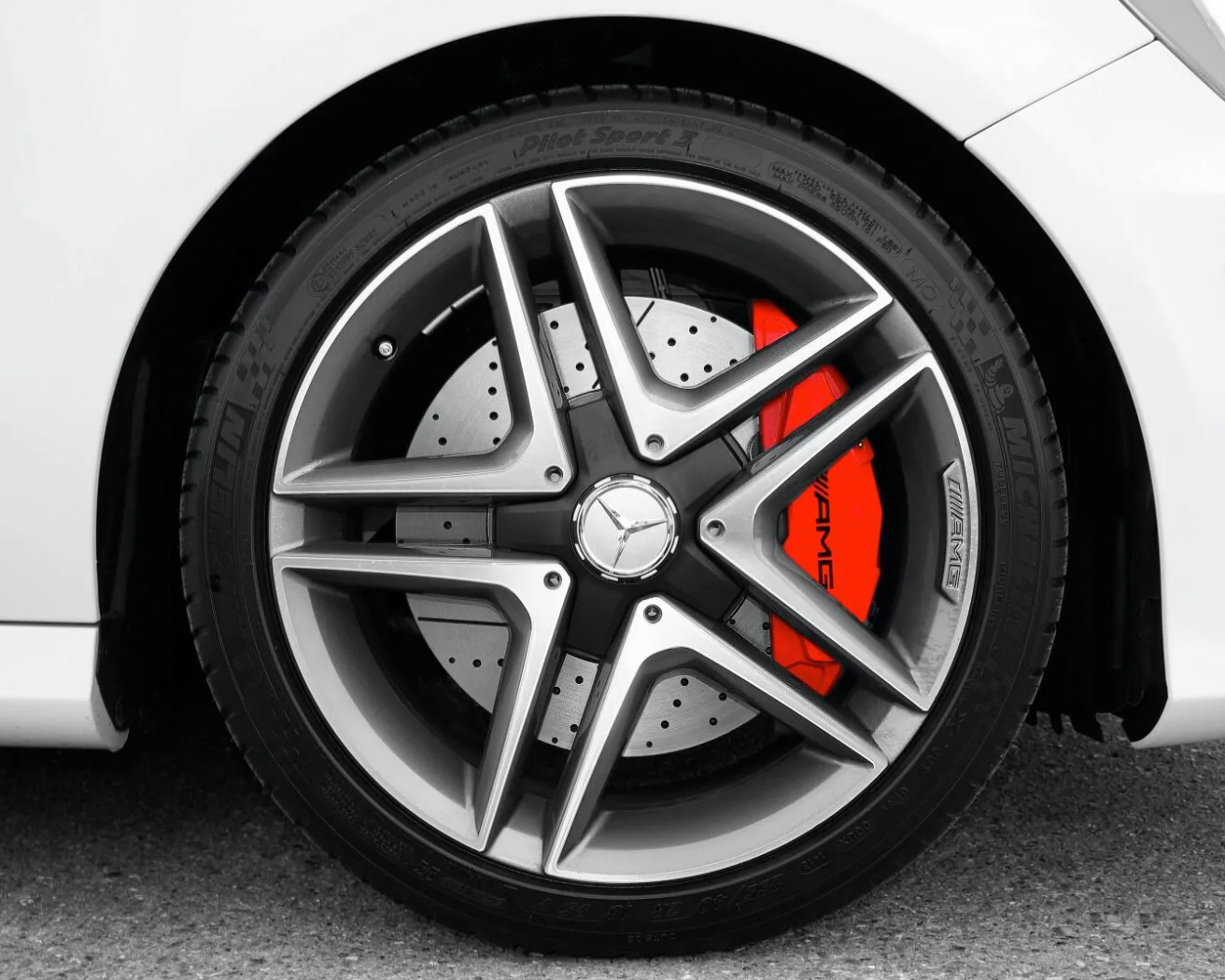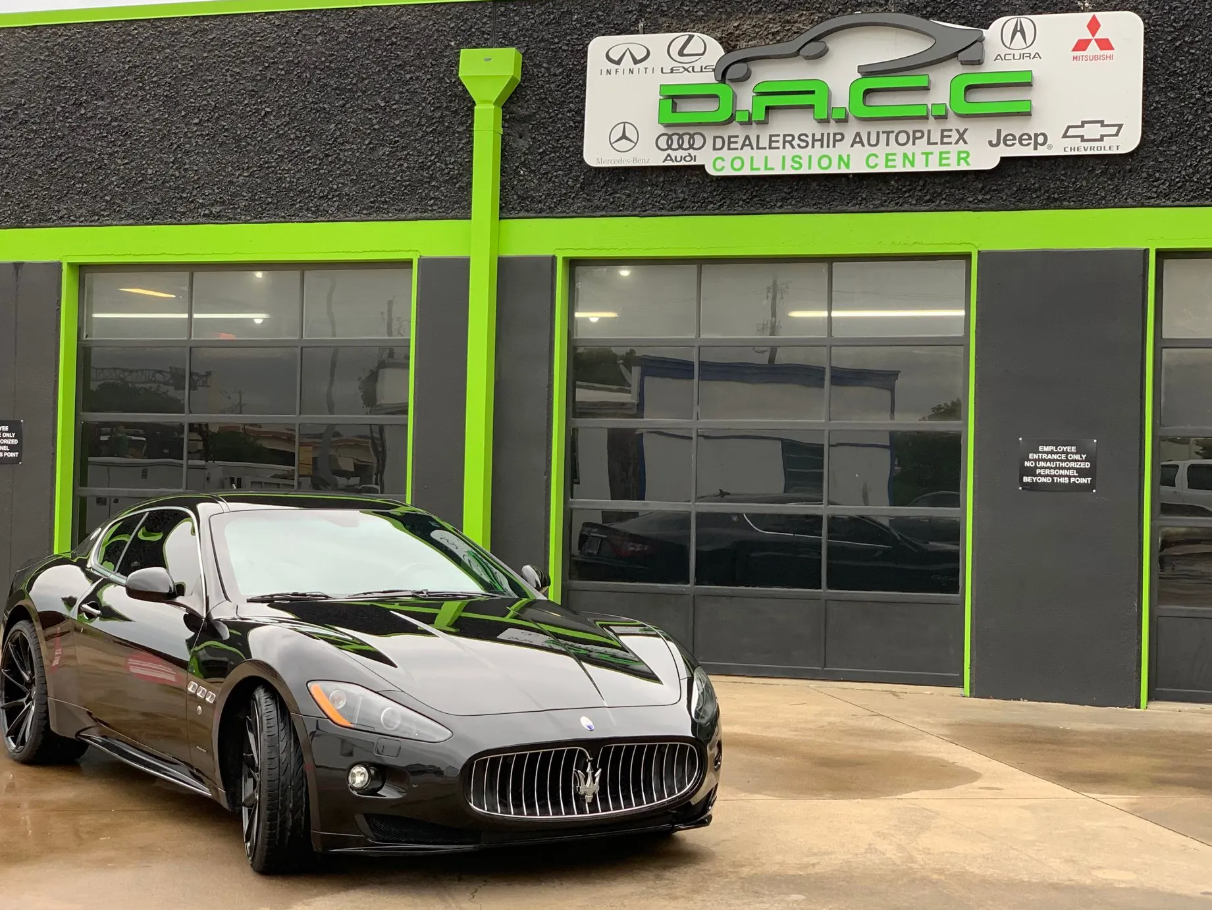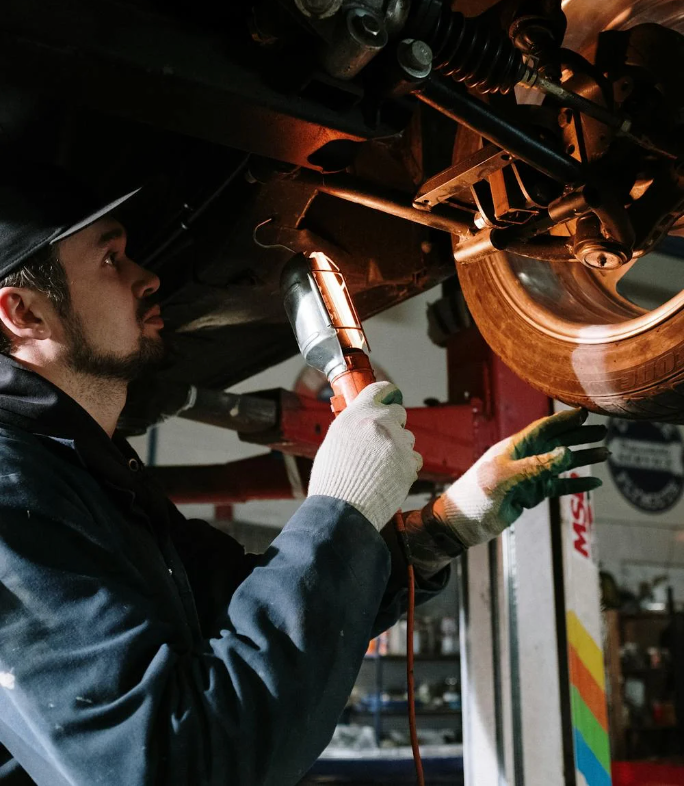Auto Repair Alignments and Suspension: What You Should Know

Have you had that sinking feeling as you drive down the road and hit a pothole? Or a nagging feeling your vehicle just doesn’t handle as well as it used to?
Here in Texas, the weather and the roads can be brutal and take a toll on our vehicles. Which is why it’s important to know what the warning signs can be when the vehicle alignment or suspension is off.
Here at the Dealership Autoplex Collision Center, we have the specialist team on-hand to address all your suspension and alignment concerns.
We’ve gathered our topmost common warning signs you need to know if your wheel alignments or suspension require some attention. They’ve been popped into the FAQs we regularly get when people roll into the shop. Plus, we’ve thrown some great information about how suspension and alignment work into the mix, too.
1. Why Are My Tires Wearing Out So Quickly?
The first thing we want to touch base on is the most common sign of wheels that have
become out of their alignments. And this is when you find uneven wear and tear on
the tread depth of your tires. The thing is, if you don’t correct the problem, the tires
can become ineffective and unsafe to drive on. So, it’s important to check them
systematically.
2. Why is My Ride So Bumpy?
While many people out there will blame the roads or even alter the suspension to make a car ride bumpy in the right ways, if it’s not something you’re used to, it’s a sign your car wants some TLC. In other words, if your suspension system needs attention, you’ll find additional bumps and road noises in your journey from A to B.
3. Why is My Vehicle Veering to One Side and What is Vibrating?
If you find our car is veering to the side when you’re attempting to drive in a straight
line, there are quite a few issues under the hood it could be. However, one of the more
usual answers is wheel misalignment. It’ll almost be like having a drunk truck rolling
down the highway. That said, there’s another symptom your vehicle might show: a
vibration feeling!
4. What Are the Castor, Cambor, Toe and Thrust?
An alignment essentially requires squaring a vehicle's wheels and axles with each other so they're all moving in the same (right) direction. The idea is that trained mechanics can identify and adjust the various suspension angles that are known as Auto Repair Alignments and Suspension: What You Should Know
toe, thrust, camber and caster. Each of these four vehicle components influence the tire movement and position. The next step is ensuring that the steering wheel is centered (you’ll be surprised at how often it’s not!). This way, you get the longest life out of your suspension system which will save some dollars in the long run.
5. Why Isn’t My Gas Lasting as Long Anymore?
When tires are misaligned, your vehicle needs to work harder at any action such as acceleration or turning. And, just like with us, when your truck’s working harder, they’ll be guzzling more gas. So, especially when you have new tires fitted with good tread and grip on the concrete, you’ll need to make sure the shop gives you wheel alignments and suspension checks. This way, your wheels are working together instead of against each other.
6. What Other Problems Can Misalignment and Suspension Cause?
It’s not just about feeling vibrations or seeing the gas tank gauge go down quicker than we’d like. There are even more issues you need to be cautious about when putting your foot down. So, here’s a list of car symptoms you could look out for:
● Tire blowouts
● Added friction
● Smoke coming from the tires
● Harder steering
● Creaking or broken ball joints
● Leaking shock absorbers
● Damaged or broken springs causing your vehicle to sag (saggy trunks are never a good look)
7. How is Poor Suspension and Wheel Alignment Linked?
We’ve talked about them a lot now, and we wanted to clear the air on why they’re linked. After all, they’re different components to your vehicle. To begin with, your car’s wheels are mounted onto the suspension so you feel bumps in the road less. Yet, failure to maintain the suspension will cause knock-on damage to the alignments of wheel axels. This is often made worse when driving over curbs or holes in the road. All-in-all, you’ve then got a vehicle on the road with components that are shifting, bending and refusing to let you drive straight.
8. How Often Should I Have My Wheel Alignment and Suspension Checked?
Here at the Dealership Autoplex Collision Center, we suggest getting a regular checkup of your car, truck or whatever you have on the road. But there are some other milestones that dictate when you should be driving into the shop to sort out your alignments and suspension. Again, we’ve listed them here for you: Auto Repair Alignments and Suspension: What You Should Know
● If you notice changes in your vehicle’s handling or steering
● Any time you have new tires installed
● If your vehicle is in an accident
● Periodically every 30,000 miles (for driving on regular or smooth roads)
● Every 15,000 miles (if you regularly drive on bumpy roads)
So, whatever you do, don’t neglect any alignment or suspension issues. Stay vigilant at all times about your alignment, folks!
When it comes to auto repair alignments and suspension, it takes specialized and certified teams. Otherwise, you could find yourself veering off the highway at “everything’s bigger in Texas” speeds.
So, call us on (972) 242-0092 to get to know your ASE-certified technicians, today. Or, browse the website to see our range of services and opening times. Alternatively, drive your wheels into the shop to see the team here in Carrollton, TX.



